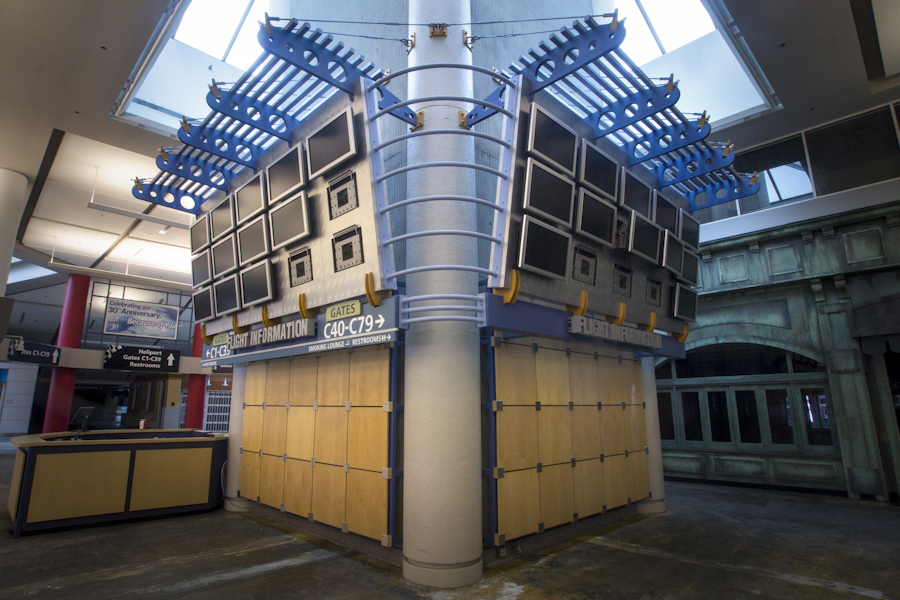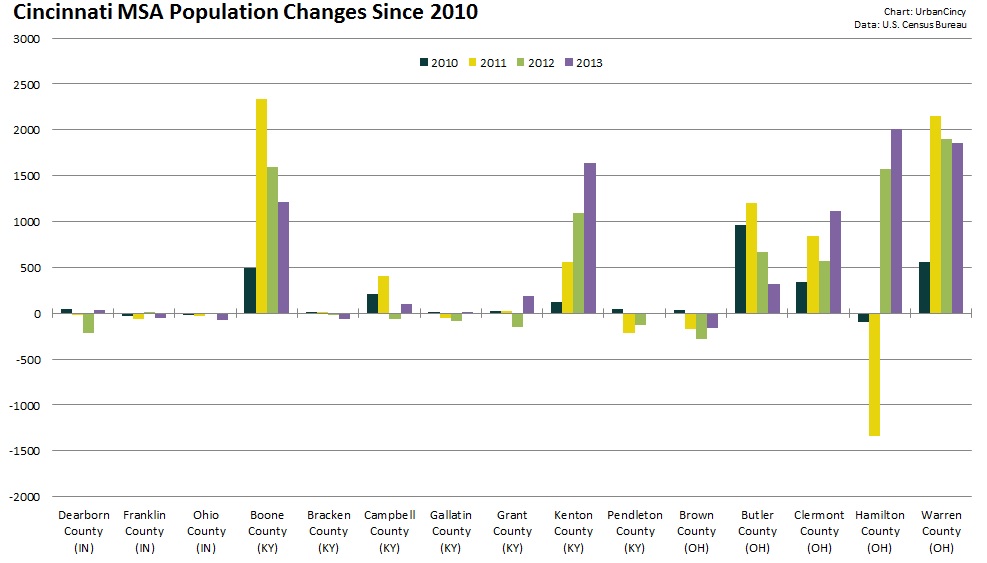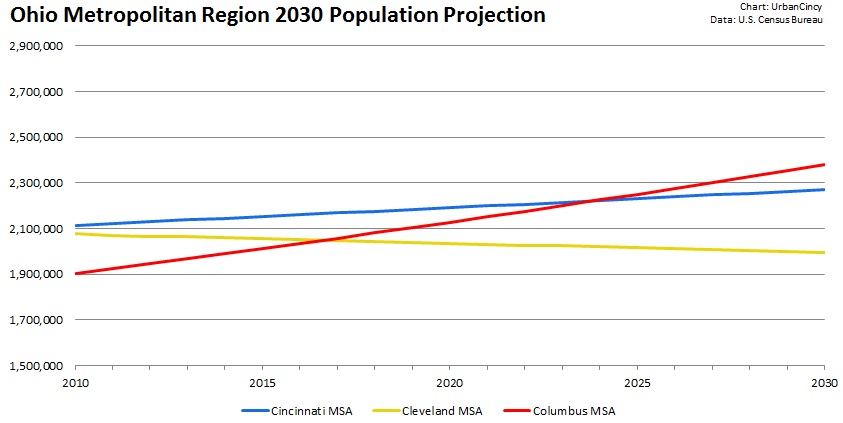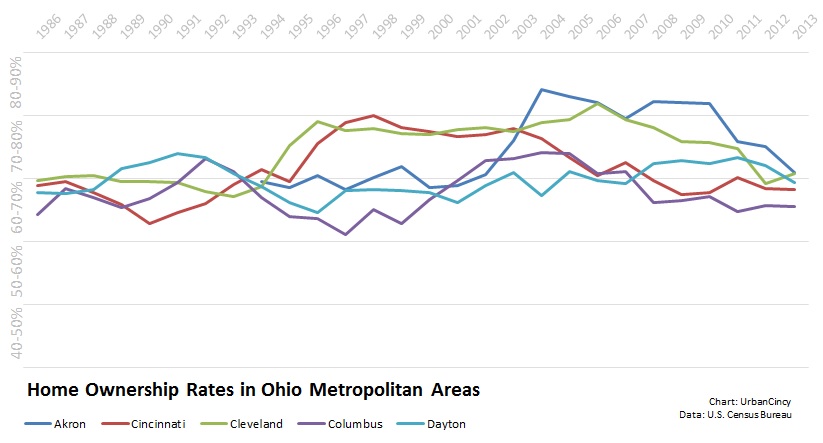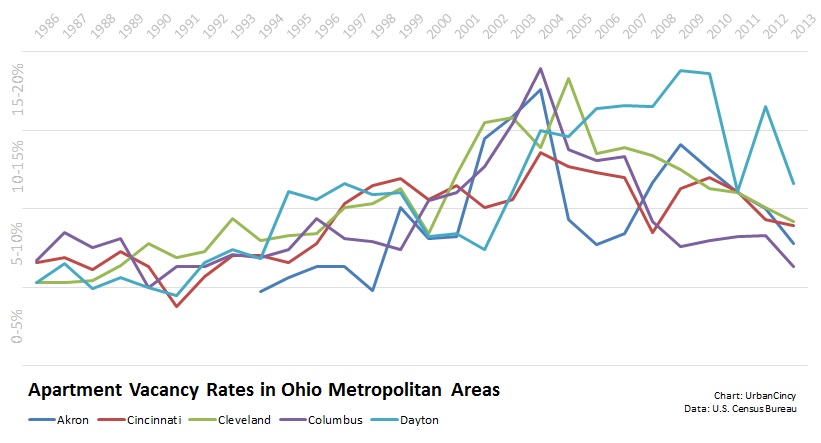Ronny Salerno has established himself as one of the region’s best photo journalists. He covers the stories not often given light in the typical news cycle. The stories he publishes on his website, Queen City Discovery, aren’t often current events, but they are always topical.
One of his more recent features that garnered national attention uncovered the history of a ghost ship left stranded downstream from Cincinnati in a small tributary to the Ohio River. Salerno has become well-known for his thoughtful coverage of abandoned buildings and their stories they hold.
The most recent feature of his looks at the now abandoned Concourse C at the Cincinnati/Northern Kentucky International Airport (CVG). While Concourse C was once a symbol of CVG’s prominence and significance, it is now a visual reminder of how far the airline industry in general, and the airport in specific, have fallen over the past decade.
Regional air travel, which is what Concourse C catered to through its Comair service, is becoming more and more a thing of the past. Throughout Europe, China, Japan and Korea, where inter-city high speed rail is prevalent, regional air travel has already fallen by the wayside. In North America, inter-city bus travel has grown in popularity while Amtrak sets ridership records each year.
But still, no sign of comprehensive inter-city high speed rail seems to be anywhere in the near future for Canada and the United States. What will that mean for metropolitan regions with millions of people, like Pittsburgh, St. Louis, Cincinnati, and Cleveland, now being left off the map? Smaller regions, like Birmingham, already lack expansive air service and must rely on larger metropolitan regions nearby for service.
Many cities and regions are being left off the map and have fewer and fewer transportation options to get from one city to the next. Who knows what that will mean for these people and regions in the future, but for now please take a look back at the history and stories of CVG’s Concourse C.
The Concourse: Part 1 – Island in a Stream of Runways
The Concourse: Part 2 – Unaccompanied Minor
The Concourse: Part 3 – The Film (embedded above)
The fall of 1994 was a good time for regional airliner Comair, the company had just opened a second hub in its hometown at the Cincinnati/Northern Kentucky Regional Airport (CVG). Dubbed “Concourse C,” the building was an island in a stream of runways, accessible to passengers only via shuttle busses and the flights they arrived on. The concourse was always a center of human activity amongst the tarmac – featuring shops, eateries and over 50 gates to destinations across the continental United States.
It was a place where people reunited, strangers shared drinks between travels and employees fought the daily grind.
Comair was purchased by Delta Airlines in 2000 and both airlines plunged into bankruptcy protection by 2005. After emerging from bankruptcy in 2007, Delta began to scale back Comair flights and eventually relocated all operations to another section of the airport in 2008. Concourse C was left abandoned. In 2012, Delta completely folded Comair.
Today, Concourse C still remains out in the middle of the runways: no passengers, few visitors and closed off to the general public. It’s eerily quiet state is a stark contrast to the sea of humanity that once flowed through it. On a recent exclusive tour of the facility, I was able to make this short film in addition to several photographs.
